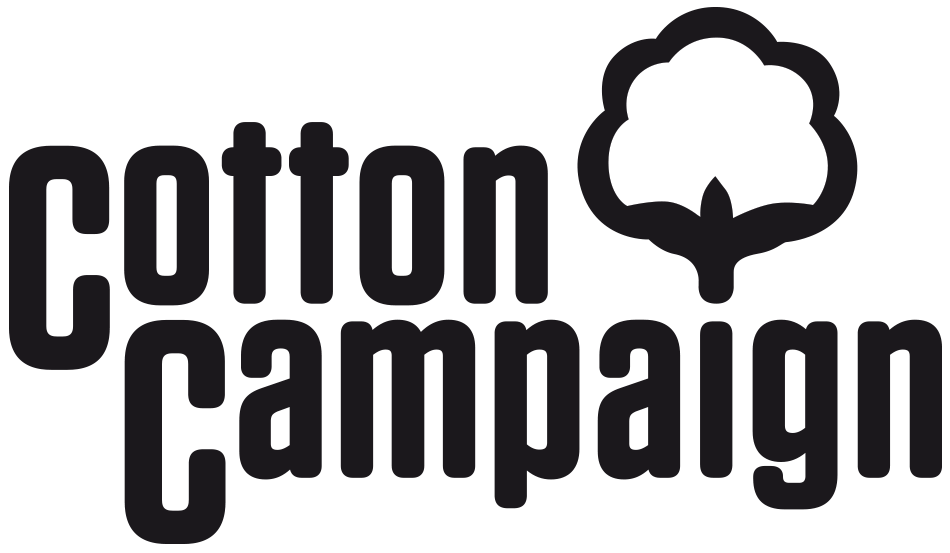Ending State-Imposed Forced Labor in Cotton Supply Chains [OECD Side Session]
On February 15, 2023, the Cotton Campaign and the End Uyghur Forced Labor Coalition jointly hosted a side session at the OECD Forum on Due Diligence in the Garment and Footwear Sector.
We discussed what governments and companies can do to ensure that global supply chains are free of cotton produced with all state-imposed forced labor.
State-imposed forced labor is pervasive in global cotton supply chains. Governments use systematic forced labor to produce cotton and cotton products in the Xinjiang Uyghur Autonomous Region (Uyghur Region) and in Turkmenistan, and these products enter global supply chains.
In 2022, cotton from the Uyghur Region accounted for 90% of total Chinese cotton production, approximately 20% of the global cotton supply. As China is the world's largest exporter of yarn, fabric, and garments, global brands and retailers are at high risk of using forced labor Uyghur cotton in their products.
Companies also face the risk of forced labor Turkmen cotton entering their products from suppliers in third countries, in particular Turkey. These third country suppliers, which also include Pakistan and Portugal, among others, use Turkmen cotton, yarn, and fabric in the production of garments and textiles which are exported to the EU, the US, and Canada.
Panelists:
- Babur Ilchi, Project Manager, Uyghur Human Rights Project
- Ruslan Myatiev, Director, Turkmen News
- Raluca Dumitrescu, Coordinator, the Cotton Campaign
- Therese Randazzo, Division Director, Trade Remedy Law Enforcement Directorate, Forced Labor Division, U.S. Customs and Border Protection (CBP)
- Hannah Bruce, Head of Global Partnerships, Ethical Trading Initiative (ETI)
The session was chaired by Patricia Carrier, Business Engagement Lead, Coalition to End Forced Labour in the Uyghur Region.
Cotton Campaign Presentation
The Cotton Campaign’s presentation provides insights into the trade flows that allow forced labor Turkmen cotton to enter the global supply chains, and can be downloaded here.

